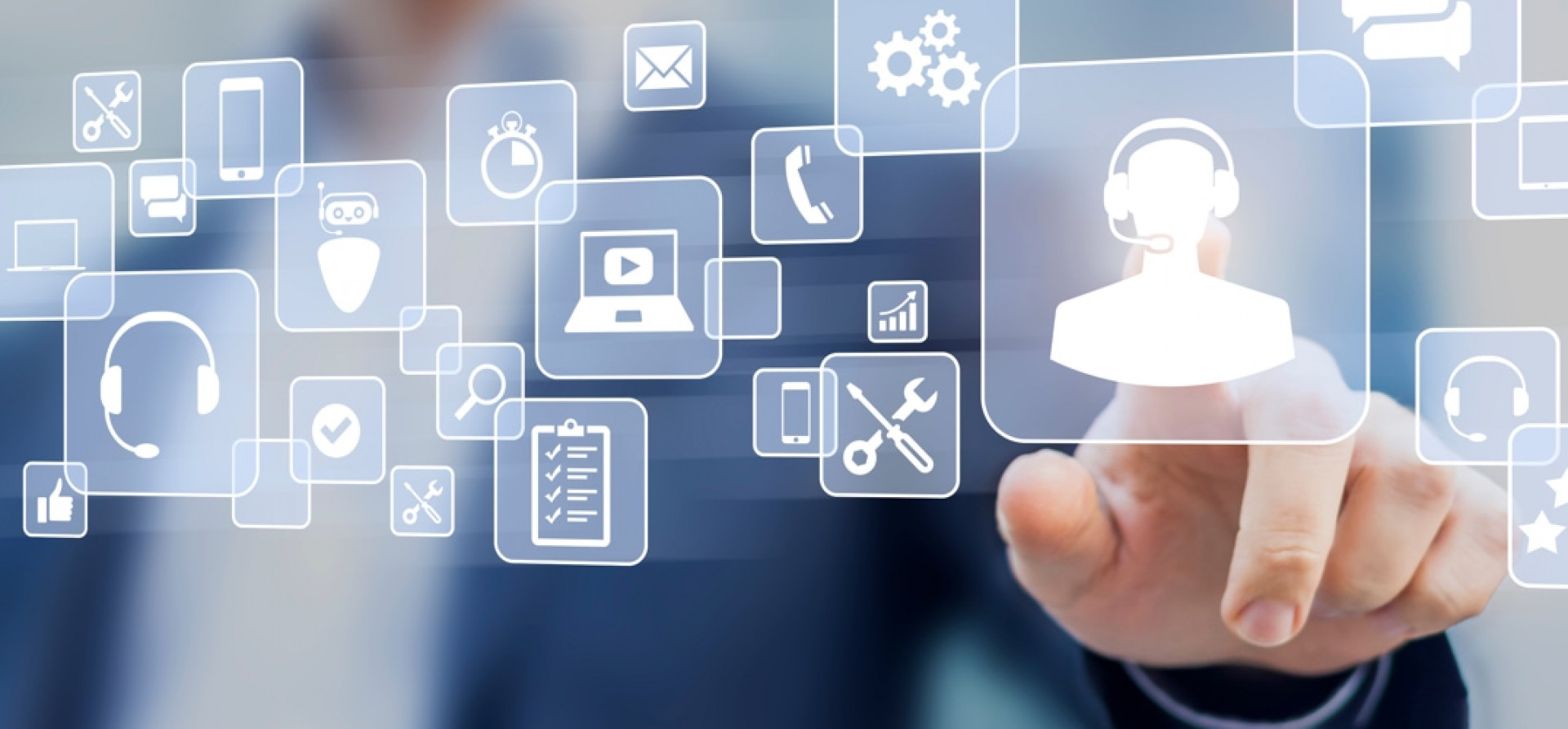The way consumers want to communicate with brands is changing and customer support must evolve with it. Today’s consumers expect a seamless experience when interacting with brands to get their questions answered and issues resolved.
Stellar customer support has become a differentiator. Consumers are more likely to do business with (and spend more on) companies that have outstanding customer service. In fact, organizations that prioritize customer support enjoy, on average, 17 percent higher customer spend, and 93 percent of consumers are likely to make repeat purchases with companies that they feel have given them a great service.
Importantly, the main sticking points for consumers involve waiting and repetition. A third of customers are most frustrated by waiting on hold with a further 33% annoyed by having to repeat themselves to multiple support reps.
Support shortfalls
Given these trends, the problem with traditional customer support is that it involves customers being tethered to issues — potentially taking days to resolve problems and answer questions. If their case is passed onto another representative, then they have to repeat their background all over again.
Even when leveraging chatbots, brands need to be careful about giving too much focus to ‘time to first response’ metrics (TTFR). For bots to be truly effective, they need to have the ability to seamlessly transfer a support request to an agent if needed. For many brands that offer chatbots, this is not the case, and if the customer fails to resolve their issue with a chatbot, they’re forced to pick up the phone or send an email. So, while TTFR might be instant, TTR (time to resolution) ultimately becomes drawn out because consumers have to take the time to self-transfer to another channel for support.
The Helpshift difference
Using Helpshift, customers see faster response times, quicker resolution, and receive an overall better experience. Brands benefit from a smarter approach to customer support without the friction of traditional processes. Queries can be answered rapidly through chatbots, sometimes without the need for a human rep to be involved. Crucially, every interaction and discussion is recorded, so customers don’t have to repeat themselves.
Helpshift provides more customer-centric support, enabling people to choose how and when they communicate with a brand while enabling a truly connected experience. Whether they start their support journey on the phone, through messaging, or even by scanning a QR code, Helpshift connects these disparate channels into one streamlined experience for consumers.
Helpshift in action
A retailer, for instance, could place a QR code on its receipts and order confirmations for easy access to messaging. A customer only needs to scan the code to begin talking to a chatbot or agent. A query relating to a return could then be fully automated, whilst a more complex question might involve a human agent’s input, in which case a chatbot can seamlessly transfer the conversation over to a human. In those cases, automation can support the agent by gathering relevant background information before asking for an agent to get involved in the discussion. So, the customer doesn’t have to repeat themselves and gets a faster time to resolution.
Crucially, because the interaction happens in an asynchronous messaging environment, if a customer leaves the conversation, they can still continue it at a later time without losing context. Because Helpshift is multi-channel, the customer could also begin their messaging via the retailer’s app, then close the discussion and pick it up again via the retailer’s website. An agent can even seamlessly transition a conversation from phone to messaging in cases where the customer prefers to talk through their issue. Giving a frictionless experience that empowers each customer to choose the best time and channel to communicate on, wherever and whenever they need.
Advanced customer support
With over 2 billion devices currently using Helpshift and over 250 million bot conversations occurring every month, the tool is rapidly advancing customer support. Human agents are 80% more efficient because of Helpshift’s assistance. That’s why leading companies, including Microsoft, use Helpshift to facilitate better communications with their customers.
Meet Helpshift at Cisco Live
To learn more about Helpshift and how it can take your customer support to the next level, join us at Cisco Live: book a meeting here.
The shift to Digital Customer Service and how to digitally transform your customer conversations
Helpshift is a leader in Digital Customer Service. We drive Intelligent Consumer Automation (ICA), which is helping consumers achieve the outcome they desire in a way that is logical and convenient for them when engaging with the brand for support or enquiries, whilst driving efficiencies and enabling the digital enablement that companies are striving for. This session will introduce the Helpshift platform and demonstrate the power of digital conversations and automation in consumer engagement. Speaker: Jon Laughland, UK Sales Director Dates:- Tuesday, January 28th - 18:00
- Thursday, January 30th - 11:30
